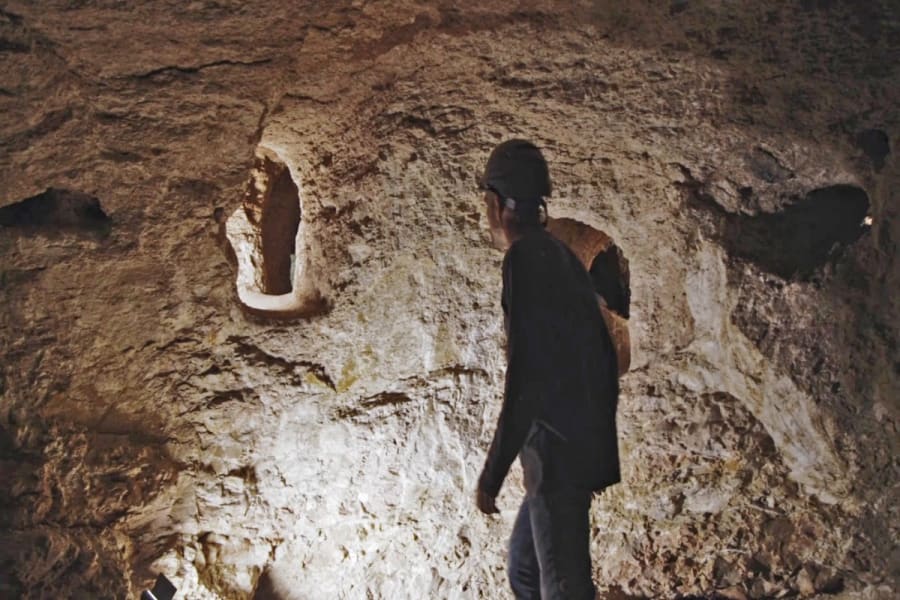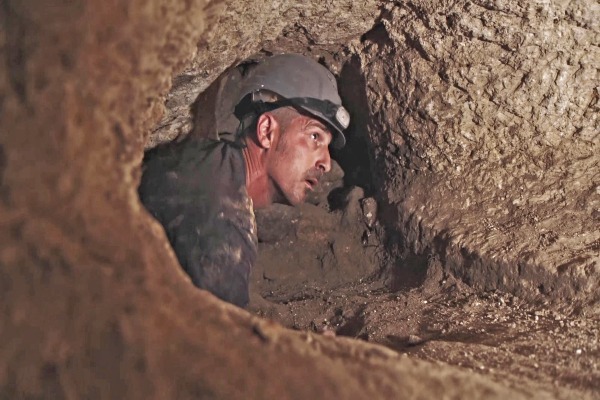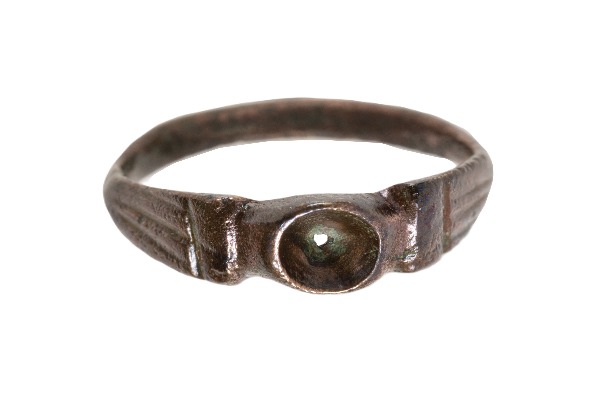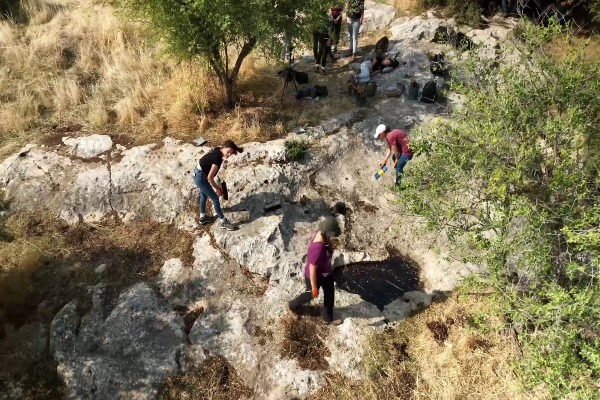2,000-year-old underground hiding complex from Bar Kokhba Revolt discovered in the Galilee
Huqoq is a significant ancient Jewish village from the Roman and Byzantine periods

Archaeologists uncovered an extensive hiding complex from the time of the Bar Kokhba Revolt (132 – 134 A.D.), marking a significant find in the history of Jewish resistance against Roman rule.
Located near the Sea of Galilee in Huqoq (Israel), the complex was revealed through an extensive excavation effort led by the Israel Antiquities Authority (IAA), involving hundreds of participants including students, volunteers and soldiers.
The excavation, which took place over several months, shed light on the preparations made by the residents of Huqoq ahead of both Jewish revolts against the Romans in 66 A.D. and the Bar Kokhba Revolt in 132 A.D.
Residents converted a water cistern, originally dug during the Second Temple period, into a hiding complex. Additional tunnels and cavities were created, allowing them to move beneath the houses, thus thwarting the pursuit by heavily armed Roman soldiers of Emperor Hadrian’s army.

The Bar Kokhba Revolt is named after the Jewish ruler who led it against the Romans, who was also seen as the Messiah by many Jews during the years 132 – 135 A.D.
The Jews were seeking to get rid of the Roman Empire's domination and to rebuild the Jewish temple at Jerusalem, previously destroyed in 70 A.D. by Roman Emperor Titus. The revolt was a total disaster for the Jews and a major victory for the many Roman legions that came to Judea.
Among the discoveries in this underground labyrinth were eight hidden cavities connected by tunnels, strategically dug at 90-degree angles to impede the progress of pursuers. The excavation also yielded artifacts such as broken clay and glass dishes and a remarkable ring setting, though the precious stone it once held was not found. The ring most probably belonged to a young girl or a woman hiding in the underground shelters.

Huqoq, a Jewish town dating back to the Early Roman period, has been receiving much archaeological attention for its rich historical significance. Mentions in the Jerusalem and Babylonian Talmuds attest to the presence of prominent Jewish figures in the area during the third and fourth centuries A.D.
Nearby, a synagogue adorned with intricate mosaics from the Byzantine period has been subject to an exploration by a team from North Carolina University since 2011. The beautiful mosaics were revealed to the public in previous publications during the last years.
The discovery of the hiding complex offers insights into a challenging period for the Jewish population in Huqoq and the Galilee region. Uri Berger of the IAA and Prof. Yinon Shivtiel of the Safed Academic College, who directed the excavation, notes that while the complex speaks of adversity, it also tells a story of resilience and eventual prosperity for the inhabitants who emerged from hiding to rebuild their community.

The findings also contribute to scholarly debates about the extent of the Bar Kokhba Revolt, with most of the researchers suggesting that this kind of complex could have been prepared for use during the revolt. Underground tunnels from this period are found on a large scale in the Galilee region and also in other areas in Israel, showing the importance of this guerilla Jewish revolt against Rome that was prepared years in advance.
Scholars today know that while the first Jewish revolt of 66-74 A.D. erupted spontaneously, the one in 132 – 135 A.D. was meticulously prepared a long time in advance. Its results were much more devastating than the first revolt. Further excavations are expected and should provide more clarity on this matter.
Plans are underway to develop the Huqoq site into a public attraction, showcasing its archaeological significance. With support from the Ministry of Heritage, KKL-JNF, and local authorities, efforts are being made to ensure that this historical treasure becomes accessible to visitors from around the world.
The Huqoq site represents a convergence of nature, tourism, and archaeology, offering a unique glimpse into the past while promising exciting prospects for the future of archaeological tourism in Israel and beyond.

The All Israel News Staff is a team of journalists in Israel.













